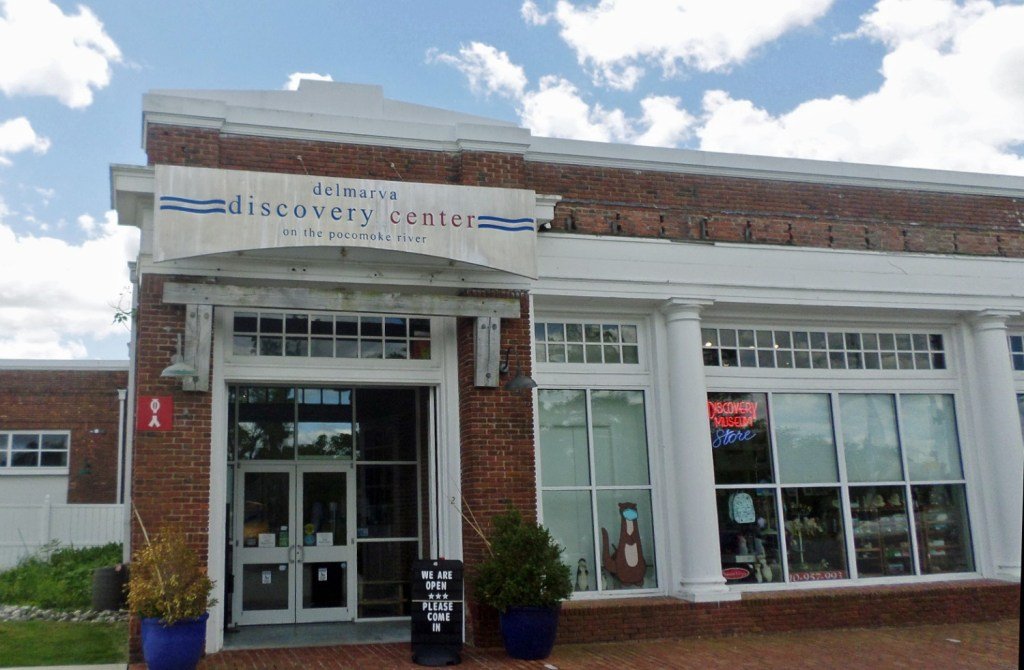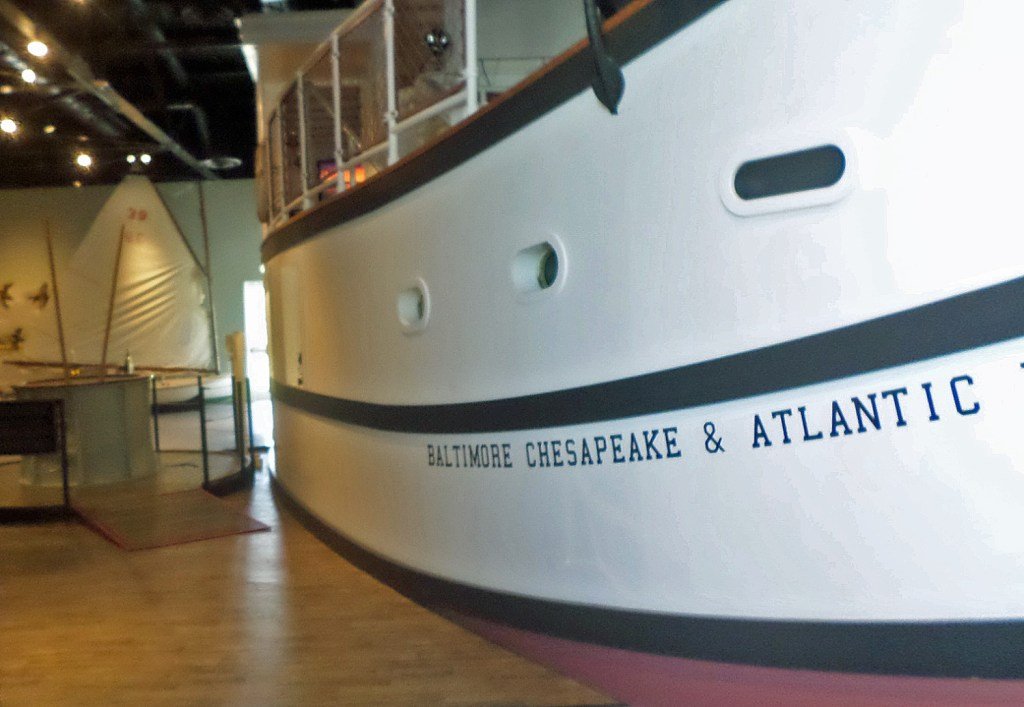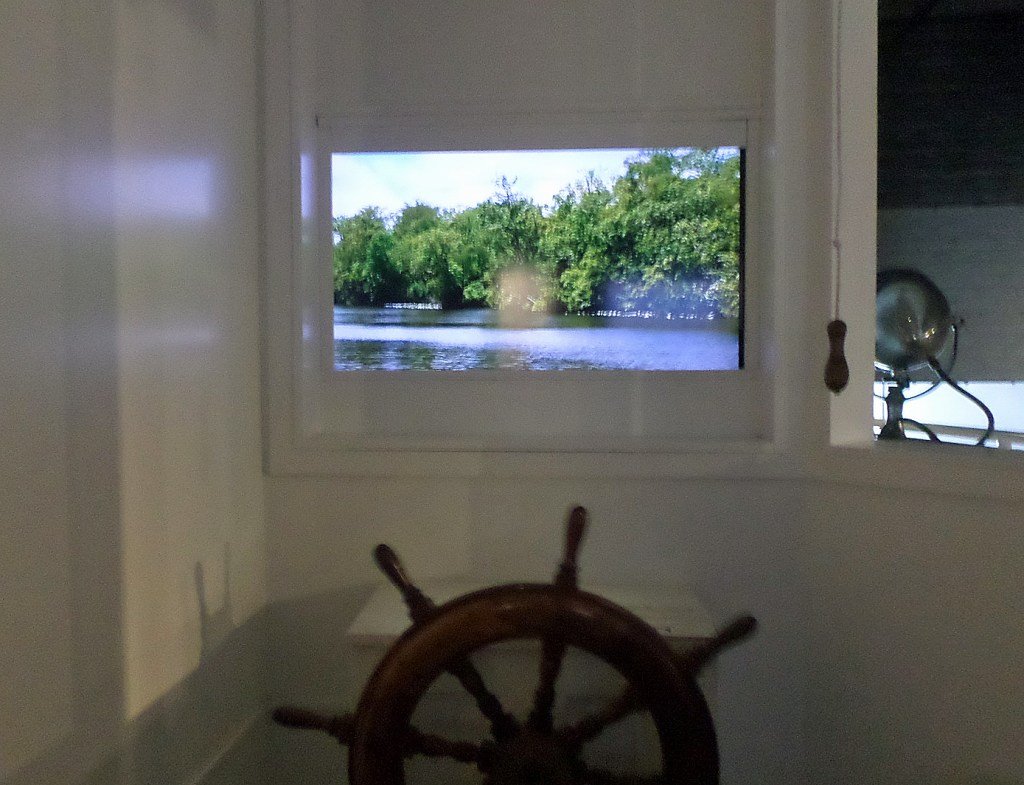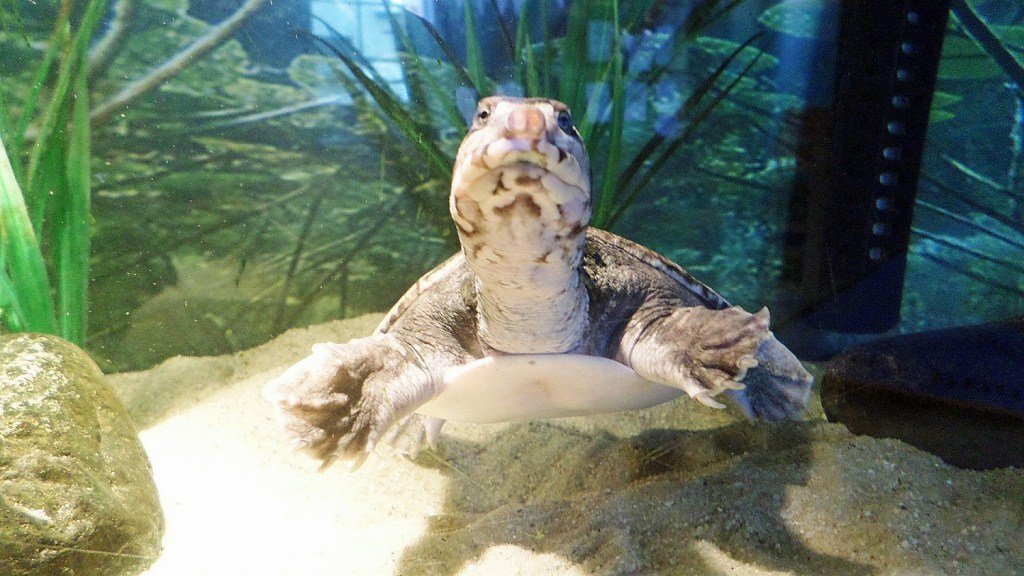Deborah Painter (USA)
The famed English explorer of the “New World”, Captain John Smith, led expeditions through the early 1600s to create charts and plan settlements alongside the east coast of the US, from what’s now Virginia to Maryland and, on a subsequent voyage, New England. Smith’s map of coastal Maryland exhibits the Pocomoke River, in addition to some Native American villages.
This space of the jap shore of the Chesapeake Bay north of the Virginia line remained principally rural for a lot of centuries and was used for farming, timber manufacturing and the smelting of iron from an impure type of iron generally known as “lavatory iron” (ferrous oxyhydroxides, combined with limonite and goethite). The world continues to be principally rural, with scattered cities and one quickly rising small metropolis. Pocomoke Metropolis is simply over the Maryland border from Virginia and never removed from Wallops Island Flight Facility, a Nationwide Aeronautics and Area Administration launch facility simply 37km distance.
The huge Pocomoke River State Park and the Pocomoke State Forest on the Bay aspect of Maryland’s Japanese Shore are well-known for cypress swamps that border the Pocomoke River. The river originates within the Nice Cypress Swamp in Delaware and flows south-westerly 106km to the Chesapeake Bay. For a coastal plain river, the Pocomoke has an uncommon variety of tight turns and is the deepest river for its width (roughly 30.1m at its deepest level) on the planet (Fig. 1). It’s a most of 13.71m in depth.

Geological historical past
To know why the river is so deep, it’s obligatory to return in time, to the Wisconsin glacial most of the Pleistocene epoch. A mosaic compiled in 2008 by geologists Wayne L Newell and Inga E Clark furnished LIDAR-based digital elevation geomorphic analyses of recent macro-topographic particulars of the Delmarva Peninsula (named for Delaware, Maryland and Virginia) and different parts of the Mid-Atlantic area of the US.
The geologic ages studied embrace late Cenozoic to latest sediments from fluvial, estuarine, and littoral depositional environments. Intensive, thick Pleistocene sandy dune fields had been deposited over a lot of the terraced panorama of what’s now jap Maryland. The LIDAR picture depicts two meter-scale decision of particulars of the shapes of particular person dunes, and fields of sand sheets, which were shifted from one location to another.
Many terraces have preserved the histories of elliptical or circular rimmed basins that are prehistoric ephemeral ponds repeatedly formed, drained and overprinted by younger ponds. These landform details, and the erosional and depositional details, were interpreted by Newell and Clark to be the effects of the drier, colder climate of the mid-Atlantic region during the Wisconsin Glacial Maximum.
In addition, LIDAR revealed sandy floodplain remnants, with formerly diverging channels that had later merged into others to form a smaller number of channels. The warming climate of the end of the Pleistocene brought about increased precipitation. More precipitation brought about more vegetation growth, which stabilised the dunes. More precipitation also resulted in more flow into streams, which caused them to cut their beds deeper. The Pocomoke is one of those streams.
Damage by humans
Humans deepened some of the narrower sections still further. A section of the river was channelized in a dredging operation in the 1940s upstream and north of Pocomoke City, paid for by locals concerned about navigation after ice trapped a buyboat loaded with lumber for weeks at Pocomoke City at one of the narrowest points.
The depth is 7.3m there and the width is 30m. Such dredging caused oxygen depletions. And the dredged material was placed, as was the custom in decades past, in berms from one to three meters high along both banks. This created a host of ecological and flood management problems, destroying fish, wading bird and duck habitat, making sheet flow from the floodplain and the uplands further impeded, and increasing flooding downstream.
Restoration
Beginning in 2012, 21 local landowners teamed with the US Geological Survey, the US Natural Resources Conservation Service, the US Fish and Wildlife Service, and private organisations including the National Fish and Wildlife Foundation, the France-Merrick Foundation, and Ducks Unlimited (Fig. 2). Over one hundred cuts have been made in the berms within this 14km channelized section in the largest ever ecological restoration effort in Maryland.

The US Fish and Wildlife Service has furnished a LIDAR-based map of the restoration project shown in Fig. 2.

Fig. 3 shows the artificial 1940s-era channel and elliptical, closed features occurring in the riverbed itself and in the floodplain and uplands.
Once believed to be “Carolina Bays”, which do occur in eastern Maryland, these features have been analysed in the field, both in upland and in salt marsh areas. They have the signature ridge and furrow topography and the closed basins of dune fields. Carolina Bays are also elliptical depressions, but they have other features that distinguish them from dune fields that make them a mystery to this day, since no single mode of origin can explain them.
The picturesque Market Street (Business Route 13) bridge over the Pocomoke at Pocomoke City is a highlight of a trip to this community. It is the shortest steel and concrete span over a waterbody that this author ever walked across (Fig. 4).

There are many places along the seawall here to peacefully contemplate the surroundings of the mostly serene riverfront (Fig. 5).

On the south bank is a city park that is rather soggy in many spots (Fig. 6), and on the north bank is the rural community of West Pocomoke and the Pocomoke State Forest.

A natural history museum, the Delmarva Discovery Center, is located at 2 Market Street next to the old bridge at Pocomoke City (Fig. 7).

Here, a full-sized steamship is partially reproduced. One can climb “aboard” (Fig. 8) and see how small the captain’s bathtub and sink would have been, and can stand next to the “wheel” inside the “wheelhouse” and “pilot” the boat using a video that moves in accordance with the motion of the wheel (Fig. 9).


In the Center are displays of:
- the kinds of tools used by the oyster boats downstream of Pocomoke City;
- an Eastern oyster and an Atlantic Ocean surf clam, such as those found at the Pocomoke’s mouth and beyond (Fig. 10);
- a display of the many uses of cattails by the locals;
- a touch tank;
- live otters;
- a live snapping turtle and soft-shell turtle (Fig. 11); and
- mounted fish found in the Pocomoke, including the important commercial fishes known as shads and a mounted longnose gar (Fig. 12) – a very interesting member of a family of ray-finned North American fish that have changed little since the Cretaceous period. Longnose gars grow to a bit less than one meter in length at maturity.



Bog iron
The mining and processing of the bog iron from the nearby wetlands at Snow Hill to the east of Pocomoke City lasted from 1830 to 1849 (Fig. 13). Bog iron is low grade iron, and the demand for it began to decrease after just under two decades. As a result, the factory “town” was abandoned to the surrounding forest to be restored 127 years later and turned into an open-air museum. This is open several days a week, currently Thursdays through Sundays in the spring through the autumn. It is located at 3816 Old Furnace Road, Snow Hill.

About the author
Deborah Painter is an ecologist and general environmental scientist. She lives in the United States.
References
Cintos.org The Enigmatic Carolina Bays page: The Enigmatic Carolina Bays (cintos.org).
Delmarva Discovery Center: Delmarva Discovery Museum l Pocomoke City, MD (delmarvadiscoverycenter.org).
Furnace Town Website: Virtual Village Tour — Furnace Town Historic Site.
Newell, Wayne L., and Inga E. Clark. March 7, 2008. Geomorphic map of Worcester County, Maryland, interpreted from a LIDAR-based, digital elevation model. U.S. Geological Survey 2008-2005.
Pheiffer, Thomas H., Daniel K. Donnelly and Dorothy A. Possehl. August 1972. Water Quality Conditions in the Chesapeake Bay System. Technical Report 55. Environmental Protection Agency Environmental Planning Branch, Air and Water Division, 248 pgs.
Rasmussen, W.C., and Slaughter, T.H., 1955, The groundwater resources In: The water resources of Somerset, Wicomico, and Worcester Counties by Rasmussen, W.C., Slaughter, T.H, Meyer, R.R., Bennet, R.R., and Hulme, A.E., State of Maryland Department of Geology, Mines and Water Resources, Bulletin 16, 170 pgs.
Trending Products










